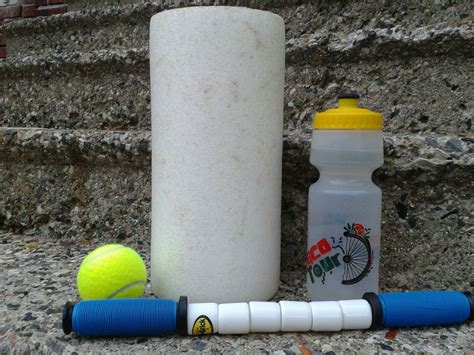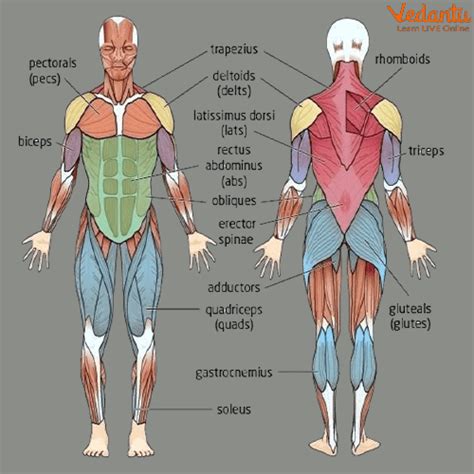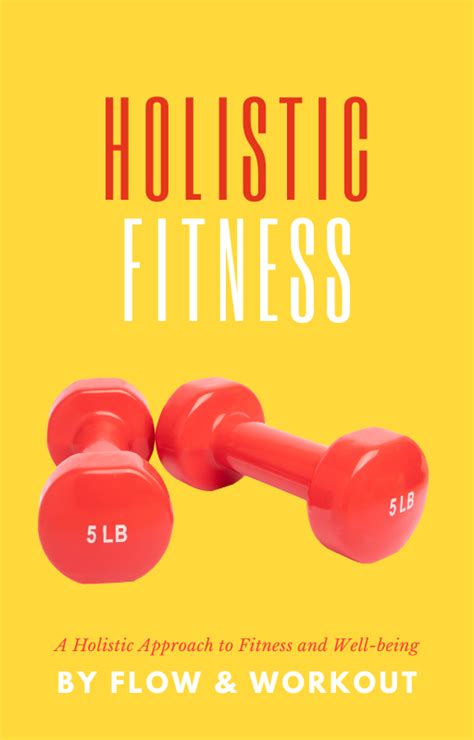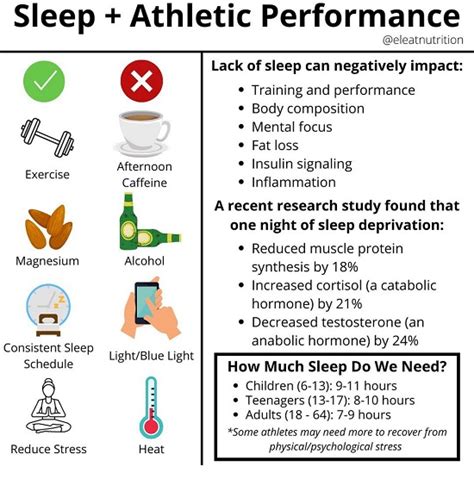Accelerate muscle recovery for daily peak performance? Top tactics.

In the pursuit of peak daily performance, whether in the gym, at work, or in life, the importance of muscle recovery often gets overlooked. It’s not just about how hard you train, but how well your body recovers from that training. Efficient recovery is the secret sauce that allows your muscles to repair, rebuild, and come back stronger, preventing burnout and injury. Neglecting recovery can lead to plateaus, decreased performance, and increased risk of injury. So, how can you optimize this crucial phase? Let’s dive into the top tactics.
The Foundation of Recovery: Nutrition & Hydration
What you put into your body directly impacts its ability to recover. Think of it as fueling a high-performance engine; without the right fuel, it won’t run optimally.
Protein Power: Rebuild and Repair
Protein is paramount for muscle repair and growth. Consuming adequate protein, especially within a few hours post-workout, provides the amino acids necessary to rebuild damaged muscle fibers. Aim for 20-40 grams of high-quality protein per meal or snack.
Carb Reload: Replenish Energy Stores
Glycogen is your body’s primary energy source during exercise. After intense workouts, these stores are depleted. Replenishing them with complex carbohydrates helps restore energy levels, preparing you for your next session. Pair carbs with protein for optimal nutrient uptake.
Hydration is Key: Cellular Function
Dehydration can significantly hinder recovery, affecting everything from nutrient transport to joint lubrication. Water plays a vital role in every cellular process, including those involved in muscle repair. Drink plenty of water throughout the day, increasing intake around your workouts.

Master Your Sleep: The Ultimate Recovery Tool
While nutrition fuels recovery, sleep orchestrates it. This is when your body does its most significant repair work.
The Science of Sleep and Growth
During deep sleep cycles, your body releases growth hormone, which is crucial for muscle repair and tissue regeneration. Lack of sleep elevates cortisol (the stress hormone), which can break down muscle tissue and impede recovery.
Optimize Your Sleep Environment
Aim for 7-9 hours of quality sleep per night. Create a conducive sleep environment: keep your room dark, cool, and quiet. Avoid screens before bed, and establish a consistent sleep schedule, even on weekends.

Strategic Movement: Active Recovery & Mobility
Sometimes, doing less isn’t doing more. Strategic, light movement can actually accelerate recovery.
Gentle Movement: Promote Blood Flow
Activities like light walking, cycling, or swimming at a low intensity help increase blood flow to muscles without causing further damage. This enhanced circulation delivers oxygen and nutrients while flushing out metabolic waste products like lactic acid.
Foam Rolling & Stretching: Release Tension
Myofascial release techniques, such as foam rolling, can help break up knots, improve flexibility, and reduce muscle soreness. Gentle stretching also improves range of motion and alleviates tightness. Incorporate these into your cool-down or on rest days.
Massage Therapy: Deeper Relief
Professional massages or even self-massage tools can provide deeper muscle tissue relief, reducing inflammation, promoting relaxation, and breaking down adhesions that can restrict movement and cause pain.

Innovative Recovery Techniques
Beyond the basics, several other techniques can provide significant benefits for muscle recovery.
Cold & Heat Therapy: Inflammation & Blood Flow
Cold therapy (ice baths, cold showers) can reduce inflammation and numb sore muscles, while heat therapy (hot baths, saunas) can promote blood flow and relaxation. Alternating between the two (contrast therapy) can be particularly effective.
Stress Management: The Mental Component
Chronic stress elevates cortisol levels, which can hinder physical recovery. Incorporating stress-reducing practices like meditation, yoga, deep breathing exercises, or spending time in nature can significantly support your body’s ability to heal and recover.

Integrate for Sustained Performance
Achieving daily peak performance isn’t about implementing one tactic; it’s about integrating a holistic approach to recovery.
Listen to Your Body
No two bodies are the same. Pay attention to how your body responds to different recovery methods. Some days you might need more sleep, others more active recovery. Adjust your tactics based on your energy levels and muscle soreness.
Consistency is Crucial
Recovery is not a one-time event; it’s an ongoing process. Consistent application of these tactics will yield the best long-term results, ensuring you’re always ready to perform at your best.

Accelerating muscle recovery is a cornerstone of sustainable peak performance. By prioritizing proper nutrition, adequate sleep, strategic movement, and smart recovery techniques, you’re not just bouncing back faster; you’re building a more resilient, high-performing body ready to tackle any challenge. Make recovery a non-negotiable part of your fitness journey, and watch your daily performance soar.








